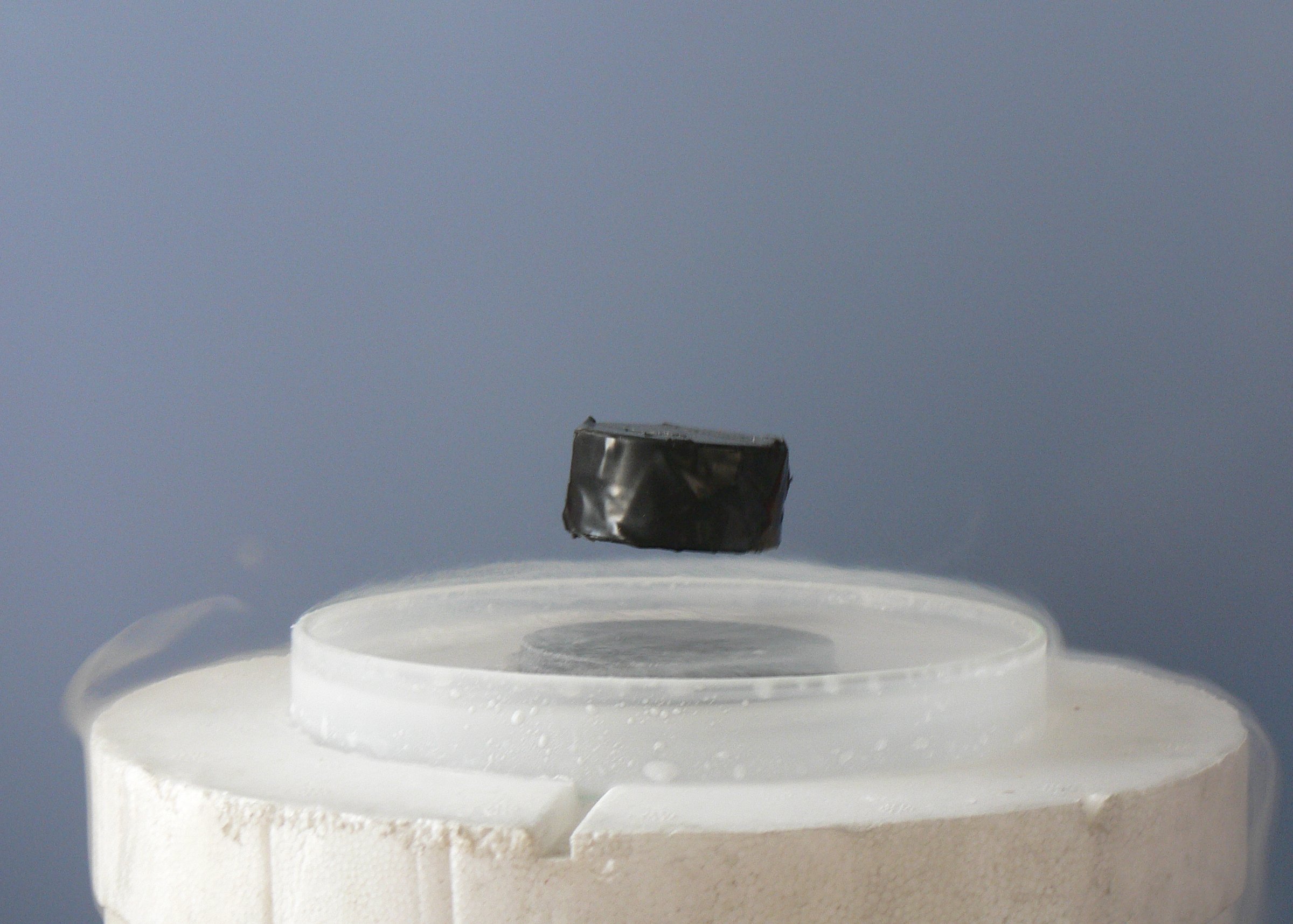
Photo from academic.microsoft.com
Dense (Bi0.95Li0.05)(V0.9Mo0.1)O4-Na2Mo2O7 (100−x) wt.% (Bi0.95Li0.05)(V0.9Mo0.1)O4 (BLVMO)-x wt.% Na2Mo2O7 (NMO) composite ceramics were successfully fabricated through cold sintering at 150 °C under at 200 MPa for 30 min. X-ray diffraction, back-scattered… Click to show full abstract
Dense (Bi0.95Li0.05)(V0.9Mo0.1)O4-Na2Mo2O7 (100−x) wt.% (Bi0.95Li0.05)(V0.9Mo0.1)O4 (BLVMO)-x wt.% Na2Mo2O7 (NMO) composite ceramics were successfully fabricated through cold sintering at 150 °C under at 200 MPa for 30 min. X-ray diffraction, back-scattered scanning electron microscopy, and Raman spectroscopy not only corroborated the coexistence of BLVMO and NMO phases in all samples, but also the absence of parasitic phases and interdiffusion. With increasing NMO concentration, the relative pemittivity (εr) and the Temperature Coefficient of resonant Frequency (TCF) decreased, whereas the Microwave Quality Factor (Qf) increased. Near-zero TCF was measured for BLVMO-20wt.%NMO composites which exhibited εr ~ 40 and Qf ~ 4000 GHz. Finally, a dielectric Graded Radial INdex (GRIN) lens was simulated using the range of εr in the BLVMO-NMO system, which predicted a 70% aperture efficiency at 26 GHz, ideal for 5G applications.
Journal Title: Materials
Year Published: 2019
Link to full text (if available)
Share on Social Media: Sign Up to like & get
recommendations!